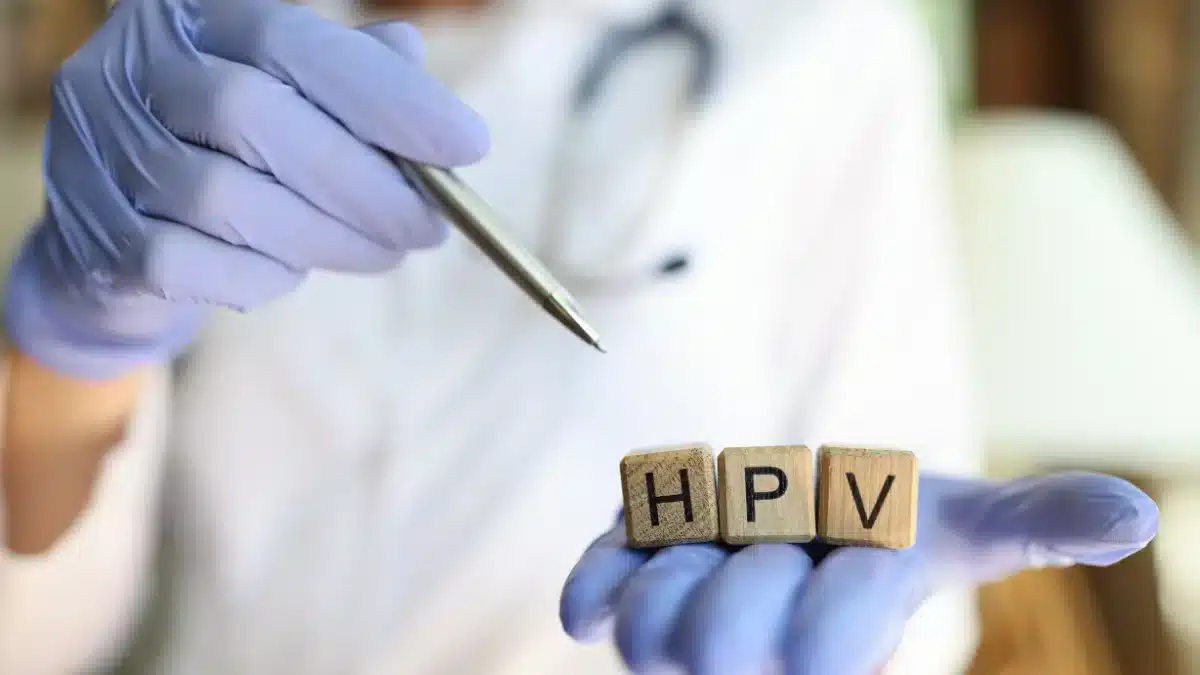How Long Can HPV Be Dormant: Understanding the Duration
Human Papillomavirus (HPV) is a prevalent Sexually Transmitted Infection that often manifests without symptoms, making its detection and understanding challenging.
The duration of HPV dormancy varies widely among individuals, and its ability to remain latent for extended periods adds complexity to preventive measures and healthcare strategies.
Exploring the factors influencing HPV’s dormancy period is crucial for improving public health.
It emphasizes the need for comprehensive education, regular screenings, and vaccination to mitigate its impact on individuals and communities.
This article will help you understand how long can HPV be dormant.
Time span of HPV dormant
HPV can remain dormant for numerous years post-infection, even without visible symptoms.
Typically, the immune system eradicates most HPV cases within 1 to 2 years, preventing transmission to others.
However, in rare instances, the virus may persist in the body for extended periods, spanning years or even decades.
During this latent phase, HPV continues to replicate within cells, facilitating potential transmission despite the absence of symptoms.
Consequently, individuals can test positive for HPV years after it initially went dormant.
Given the prolonged contagious potential, regular testing is essential, as transmission can persist for a decade or more, impacting multiple partners.
Risk factors

HPV transmission is highly probable during unprotected sexual activity, even in cases where the virus lies dormant.
The viral material persists within the cells in the region where the initial contraction occurred, creating a risk of transmission during intimate encounters.
Partners engaging in sex without a condom or other barrier methods may be directly exposed to these cells, facilitating the transfer of viral material into their bodies.
The following are key risk factors associated with HPV transmission:
Age
Your age plays a role in the manifestation of HPV symptoms.
If contracted in youth, you’re likely to develop common warts, with genital warts typically emerging during adolescence or young adulthood.
Weak immune system
A compromised immune system due to illnesses, HIV, or immunosuppressant medications heightens the risk of contracting and transmitting HPV.
Touching infected skin
Additionally, contact with infected surfaces, such as warts or environments where HPV is present, like pools or showers, elevates the chances of infection.
Consider these factors influencing the susceptibility and manifestation of HPV-related conditions.
Whether HPV is active or dormant, potential complications may arise, encompassing:
Transmission to children
Although uncommon, there is a possibility of transmitting HPV to newborns during childbirth.
A 2016 study indicates that approximately 11 percent of children born to HPV-positive mothers may also carry the virus, although conclusive evidence is lacking.
Cancer risk
Specific types of HPV pose an increased risk of developing certain cancers, including penile or cervical cancer.
Prevention
The following are the prevention methods for HPV,
Vaccination
The Centers for Disease Control and Prevention (CDC) advise adolescents to receive the HPV vaccine at approximately 11 or 12 years old or before the onset of sexual activity.
Use barriers during intercourse

This involves the consistent and accurate utilization of barrier methods, such as condoms, dental dams, or any other means that protect against direct genital contact.
Avoid sex if warts are there
Abstain from sexual activity when warts are present, as even with condom use, an active infection can still lead to viral transmission.
Communicate your HPV status to sexual partners before engaging in sexual activity and encourage them to disclose any existing STIs.
Ideally, undergo testing before initiating sexual encounters for a more informed and responsible approach to sexual health.
Conclusion
Understanding the complexities of Human Papillomavirus (HPV) is crucial for informed and responsible sexual health practices.
From the enigmatic nature of HPV dormancy to the risk factors influencing transmission, comprehensive education, regular screenings, and vaccination are imperative.
Recognizing the potential complications, emphasizing prevention through vaccination, barrier methods, and transparent communication with partners underscore the importance of proactive measures.
By navigating these aspects, individuals can empower themselves to make informed choices.
Frequently Asked Questions
How long can you have HPV without knowing?
Approximately 80% of women will acquire at least one form of HPV during their lifetime. Typically transmitted through vaginal, oral, or anal intercourse, HPV often remains unnoticed by many women, as it commonly manifests without symptoms and tends to resolve spontaneously.
Can HPV go away?
In the majority of instances (9 out of 10), HPV spontaneously clears within two years without causing health issues. However, if HPV persists, it has the potential to lead to health problems such as genital warts and cancer.
Can HPV stay in your system for years?
Typically, the immune system naturally eliminates HPV. In 9 out of 10 cases, this clearance occurs within two years. However, in some instances, HPV can persist in the body and potentially lead to cellular changes. If these changes persist without monitoring or treatment, they may progress to cervical cancer over time.
WowRx uses only high-quality sources while writing our articles. Please read our content information policy to know more about how we keep our content reliable and trustworthy.






